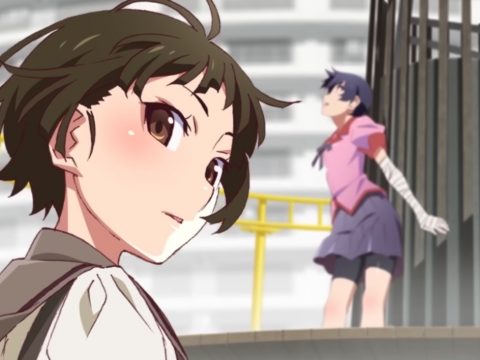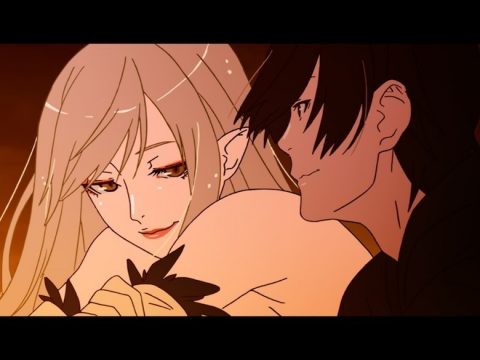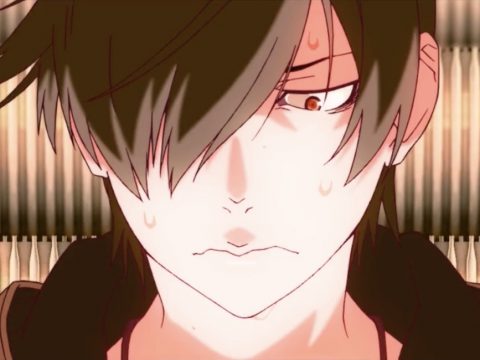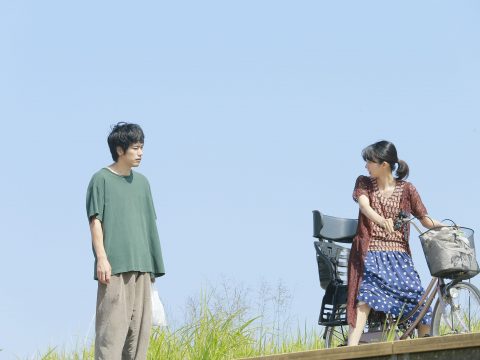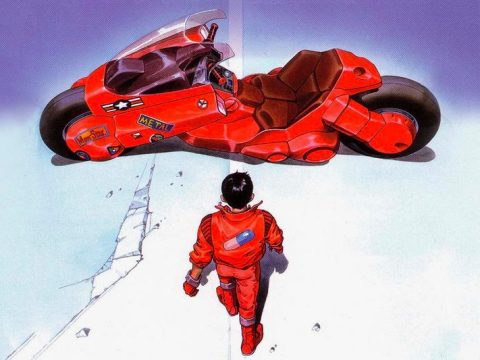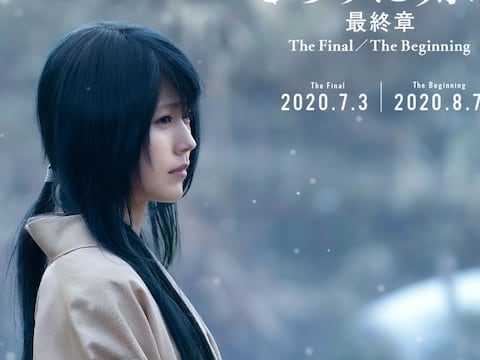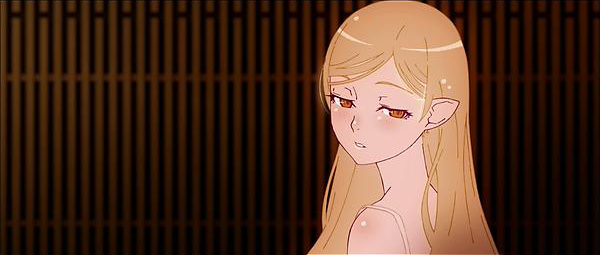 © Nisio Isin/Kodansha Aniplex/Shaft
© Nisio Isin/Kodansha Aniplex/ShaftIt’s been a long eight months, but Kizumonogatari is back.
It’s impossible to review Kizumonogatari Part II: Nekketsu without delving into a primer on its production history: it’s the second of three films, collectively an adaptation of Nisio Isin’s Kizumonogatari, itself a prequel to the author’s popular Monogatari series of novels.
Kizumonogatari reveals the backstory of Monogatari main character Koyomi Araragi, who by the end of the first film, which came out last January, had been turned into a vampire and tasked with facing three vampire hunters in single combat. In Part II, if he does, they’ll return Araragi’s patron vampire Kiss-Shot Acerola-Orion Heart-Under-Blade to her full form, and Araragi will get his humanity back.
It’s not exactly clear why he wants it back, though. A loner by choice, the closest thing to a friend Araragi has is classmate Tsubasa Hanekawa, who herself seems more interested in the vampire version of Araragi anyway. It’s the superhuman strength (not to mention superhuman abs).
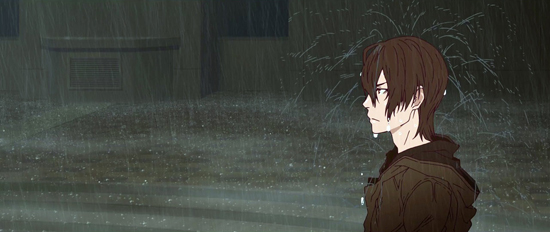 © Nisio Isin/Kodansha Aniplex/Shaft
© Nisio Isin/Kodansha Aniplex/ShaftSpeaking of superman strength: Nekketsu finally gives us a chance to see it in action. This is the main difference between Kizumonogatari Part I and II: where the first film was a slow-paced piece of surreality, the second is a more down-to-earth action flick. The battles between the vampire hunters and Araragi that serve as the film’s raison d’être feature some killer animation and choreography, over-the-top levels of gore and even some laughs.
In between the battles, the story centers on the budding friendship/romance between Araragi and Hanekawa, where the conflict centers around Araragi’s desire to be a true friend to Hanekawa but also sneak a peek at her underwear (male problems) and his growing interest in biting her neck (vampire problems). Hasegawa also gets drawn into the conflict between team Araragi and the vampire hunters, upping the ante by introducing a vulnerable human into the mix.
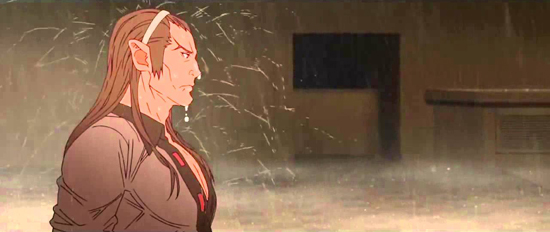 © Nisio Isin/Kodansha Aniplex/Shaft
© Nisio Isin/Kodansha Aniplex/ShaftThematically, this film really starts to explore the meaning of the title’s kizu, translatable as “wound” or “scar” and applicable both to physical and emotional injury. Araragi, in attempting to push Hanekawa away, tells her it’s so she doesn’t get hurt, but there’s emotional pain in being pushed away, too. There’s plenty of wounding to go around in the film, but also the promise that one’s physical and emotional kizu can also be healed.
And that’s all she wrote. Clocking in at 69 minutes, Kizumonogatari II feels a lot faster than part I despite a similar runtime, having dropped some (but not all) of the first film’s introspective, surreal pacing. And it ends on a cliffhanger, natch: the final piece of the trilogy is set for January of 2017.
In that sense, Nekketsu, as the middle film, suffers the most from Kizumonogatari’s piecemeal release release strategy, and will probably come across better once paired with its brethren. As a standalone film, it entertains but whips by before you know it, and serves largely to prep us for next January’s grand finale.


